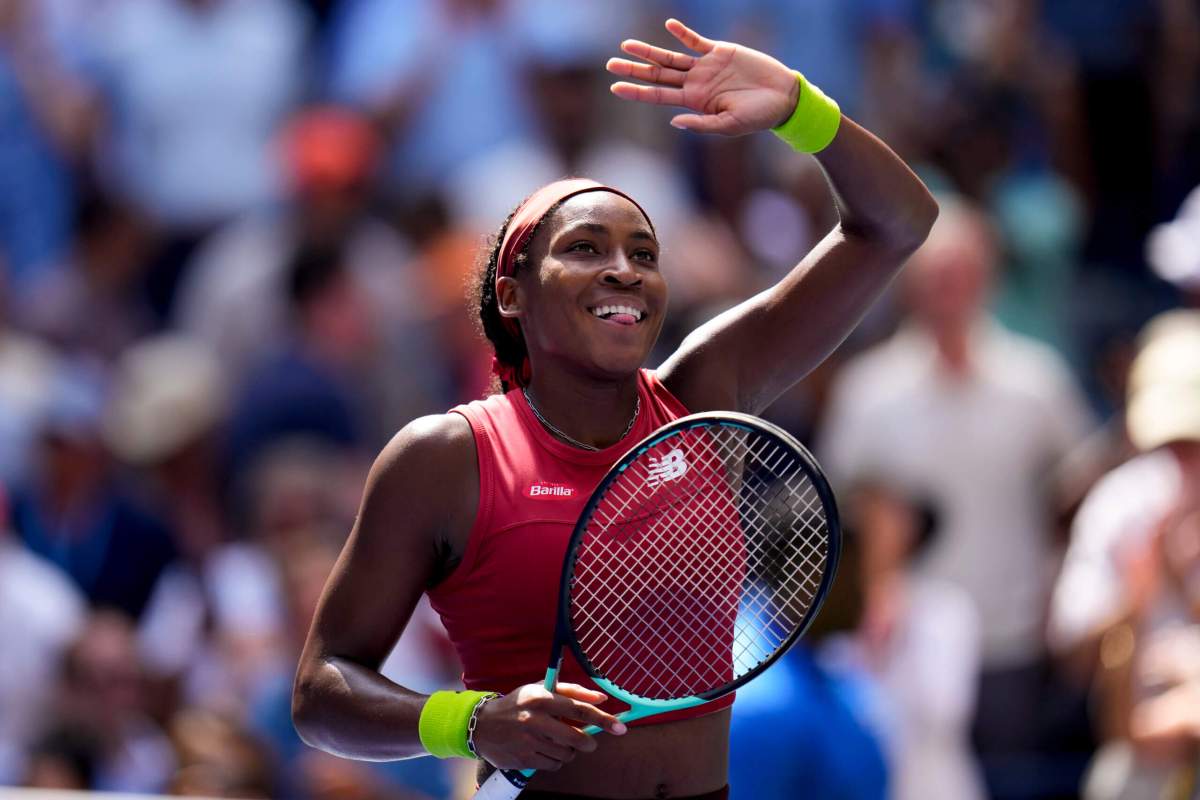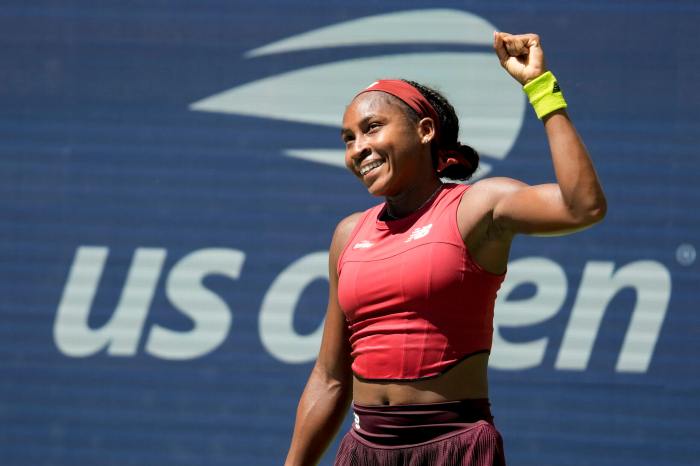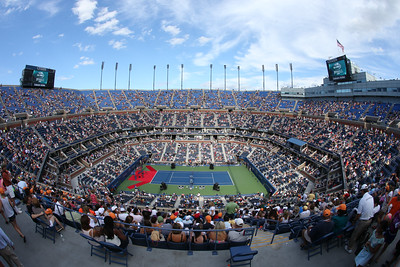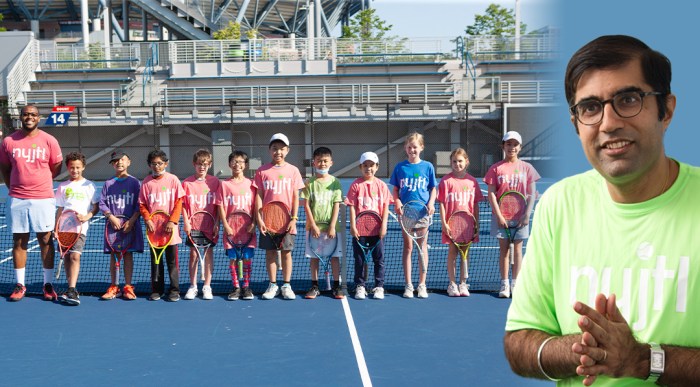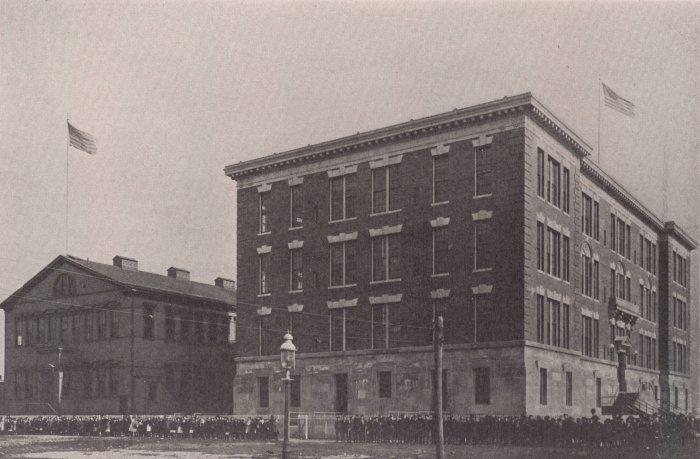NEW YORK (AP) — Coco Gauff dealt just fine with the heat, the humidity, her big-hitting opponent, and the task of trying to reach the U.S. Open semifinals for the first time, defeating 2017 French Open champion Jelena Ostapenko 6-0, 6-2 on Tuesday.
Gauff, a 19-year-old from Florida, is the first American teenager to reach the final four at Flushing Meadows since Serena Williams was the runner-up to her older sister, Venus, in 2001.
“Last year, I lost in the quarterfinal stage, and I wanted to do better this year,” Gauff said. “Still have a long way to go, but I’m happy and I’m ready to get back to work for the next one.”
This was the 16th victory in her past 17 matches for Gauff — a first-round exit at Wimbledon in July sure feels like ages ago. Her best Grand Slam showing so far was making it to the final at Roland Garros last year.
Gauff lost that title match to Iga Swiatek and those two could have met again in the U.S. Open quarterfinals. But Swiatek didn’t make it, instead losing to Ostapenko in the fourth round. That defeat not only ended Swiatek’s title defense but also meant she would relinquish her spot at No. 1 in the WTA rankings to Aryna Sabalenka next week.
When she is on the mark, as she was Sunday night against Swiatek, Ostapenko can be as challenging an opponent as there is, because she goes for broke on nearly every stroke. If the balls land in, she is in business. When they don’t, she is in trouble. She finished with 36 unforced errors Tuesday; Gauff had 14.
“I didn’t feel comfortable at all the whole match, even on match point. I know the game she plays. She can come back, no matter the scoreline,” said Gauff, who lost to Ostapenko at the Australian Open in January, “so I was just really trying to get every point, trying to play every ball.”
In the semifinals Thursday, Gauff will face No. 10 Karolina Muchova of the Czech Republic or No. 30 Sorana Cirstea of Romania. They were scheduled to play Tuesday night.
The women’s quarterfinals on Wednesday will be Sabalenka of Belarus vs. No. 23 Zheng Qinwen of China, and Wimbledon champion Marketa Vondrousova of the Czech Republic vs. No. 17 Madison Keys, an American who was the runner-up at the 2017 U.S. Open.
Tuesday’s men’s quarterfinals were 23-time major champion Novak Djokovic of Serbia vs. No. 9 Taylor Fritz of the United States, and No. 10 Frances Tiafoe vs. unseeded Ben Shelton in an all-American match at night. It’s the first time since 2005 that three U.S. men were in the final eight in New York.
When Gauff and Ostapenko started just past noon in Arthur Ashe Stadium on Tuesday, the temperature was at 90 degrees Fahrenheit (32 Celsius) and the humidity at 55%. At the break before the second set, Ostapenko headed to the locker room, and Gauff sat on the sideline bench with a white towel packed with ice around her neck.
The American, naturally, had the crowd on her side. They applauded and yelled for Gauff even before she stepped out on the court, reacting when she was shown on the arena’s video screens during a prematch TV interview.
The roars crescendoed when Gauff was introduced before play began.
And once it did, she got off to about as good a start as possible, grabbing 12 of the opening 15 points to go up by two breaks for a 3-0 lead after just 10 minutes.
Only one of those points for the American arrived via her clean winner. She didn’t need to produce those sorts of shots, though.
That’s because Ostapenko kept missing, to the tune of 10 unforced errors in that span alone. After many of those miscues, she would turn toward her guest box and glare at her entourage, as if perhaps it were their fault.
After one 118 mph ace (190 kph) by Gauff, Ostapenko held her racket and hand inches (centimeters) apart, showing she thought the ball landed outside the box. But there are no appeals on that sort of thing nowadays, because electronic line-calling takes care of every such “Was it in or out?” ruling.
Gauff didn’t need to try to force things. To her credit, she didn’t. What she did do was use her instincts, smarts, and speed to get to Ostapenko’s best groundstrokes and send them back over to the other side. That exemplary defense would extend points, more often than not, until Ostapenko erred.
“There’s a saying in basketball that defense wins games. In tennis, that’s not always the case, but today it was the case,” Gauff said. “It’s important to have both ends of the court. The defense has always been there, but I’ve been improving my offense, and I think it’s showing and translating well on the court.”
Ostapenko was the first woman in 44 years to get to the U.S. Open quarterfinals by winning all four matches in three sets, and Gauff went the distance in three of four last week.
But this one was never headed that way.



